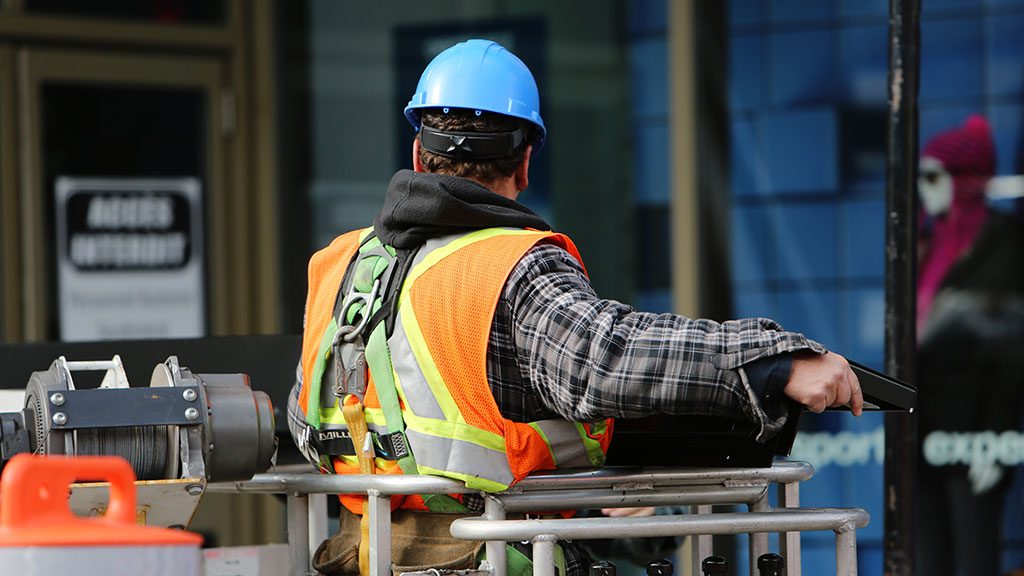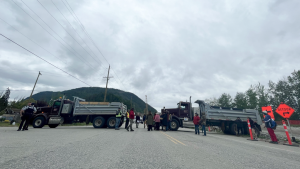WorkSafeBC (WSBC) has just released information on the preliminary assessment rates for B.C., together with data on the injury rate.
There is excellent news for both workers and employers in this new information.
The B.C. injury rate for all industries is at its lowest ever level — 2.18 wage loss claims per 100 years of employment.
The injury rate for the construction industry for 2017 is 3.9. This is also the lowest recorded rate.
This means even during a record building boom fewer workers are being injured.
The positive actions of employers, supervisors, workers and WSBC are having a significant impact.
Other good news for B.C. is that the average return to work rate for all injured workers is 81.6 per cent within 26 weeks. Injured workers are getting back to safe and sustainable work sooner.
WSBC has also experienced a very positive return on its investment portfolio within the Accident Fund– a return of 10.5 per cent. This Accident Fund is established to pay the cost of claims from the past, present and future. A healthy Accident Fund benefits everyone.
2019 Preliminary Assessment Rates
The preliminary assessment rates for 2019 have been announced by WSBC.
The rates are described as preliminary because they have not yet been approved by the WSBC board of directors.
This approval is expected by November 2018.
In most cases, the preliminary rates have historically become the final rates.
Lower claims costs and strong investment returns have enabled assessment rate reductions generally, though individual rate groups are still subject to increased or decreased rates according to their cost performance.
Some construction rates have increased, though the general trend is for decreased rates.
The preliminary 2019 assessment rates are good news for most of the construction industry. The generally lower rates also demonstrate that the system is working to reduce worker injuries.
One of the most significant improvements is within the industrial, commercial, institutional rate group, which has decreased from $2.26 to $2.03, its lowest ever rate.
The Workers’ Compensation Act, the Occupational Health and Safety Regulation, the WSBC inspections system, and the employer managed safety training and supervision are all having a positive effect.
The injury rate for the construction sector has dramatically decreased from 7.3 in 2000 to 3.9 in 2017.
This reflects a huge improvement in workplace safety within our Industry – fewer worker injuries per person hours worked.
Overall, the steady reduction in assessment rates over a 20-year period is a strong indicator that the construction industry is meeting the occupational health and safety (OHS) challenges.
The Council of Construction Associations recognizes that our industry needs to continue the actions that are producing positive results.
We need to establish and maintain effective OHS programs for every size employer, including ongoing safety training and supervision. We need to find more opportunities for return to work so that injured workers are assisted and encouraged to come back to work when it is medically safe.
And for all of this, we need to work in partnership with WSBC.
Selected Assessment Rate Details
The assessment rate changes for some of the construction rate groups are shown below.
All rates shown below are in dollars per $100 payroll.
Examples of preliminary rate decreases are:
- Bridge, overpass or viaduct construction decreases from $6.17 to $5.27
- Crane operation decreases from $2.89 to $2.31
- Drywalling decreases from $4.46 to $3.67
- Electrical work decreases from $2.06 to $1.98
- Industrial, commercial, institutional decreases from $2.26 to $2.03
- Painting or wallpapering decreases from $3.77 to $3.72
- Power pole, powerline, or transmission line installation, service and repair decreases from $2.99 to $2.49
- Steep slope roofing decreases from $11.70 to $9.43
Examples of preliminary rate increases are:
- Asbestos abatement or mould remediation increases from $4.26 to $4.60
- Construction labour supply increases from $6.36 to $6.64
- Concrete placing increases from $3.96 to $4.26
- House raising, structural moving increases from $4.74 to $5.26
- Highway maintenance increases from $2.60 to $2.68
- Low slope roofing increases from $4.14 to $4.55
- Plumbing, heating, air conditioning increases from $2.41 to $2.48
- Scaffolding, tent, staging or display booth installation increases from $2.33 to $2.56
To check on your rate group for the 2019 preliminary rate information see the link here. The WSBC website provides a tool for entering your rate group and then going to the preliminary rate.
Dr. Dave Baspaly is president of the Council of Construction Associations. Send Industry Voices comments or questions to editor@journalofcommerce.com.











Recent Comments
comments for this post are closed